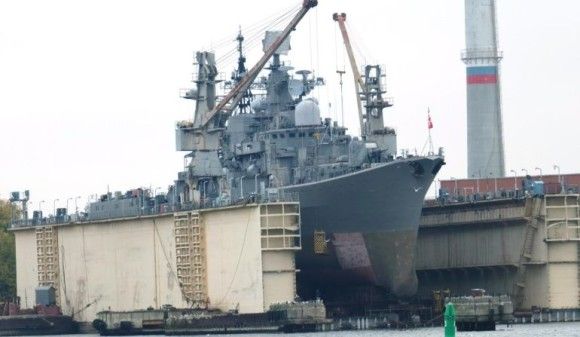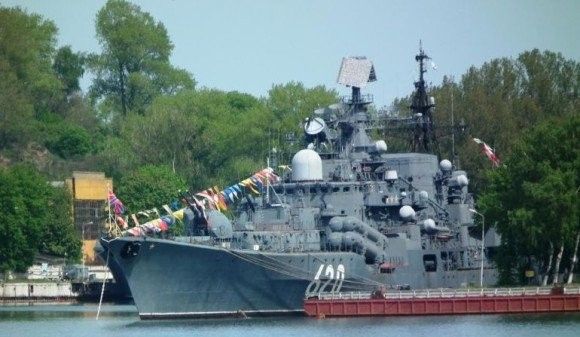Industry
Rak and Homar Agreements In 2016. Modernization Of The Polish Artillery Systems To Be Delayed
The Armament Inspectorate informed us that finalization of the agreement related to procurement of the Rak (Crayfish) self-propelled mortars and Homar (Lobster) rocket artillery systems is planned to happen in 2016. The above fact means that both aforementioned programmes will be delayed, in the light of the prior declarations that had been made by the representatives of the Ministry of Defence.
The Armament Inspectorate plans to conclude the agreements pertaining the Homar rocket artillery systems and company-level Rak self-propelled mortar elements throughout the year 2016. Both programmes are hence delayed. This year, the representatives of the Ministry of Defence assured the media that the respective agreements would be signed until the end of December. Lt. Col. Małgorzata Ossolinska, representing the Armament Inspectorate, provided us with clarification within that scope.
Read More: Krab Programme – Almost Finalized. Rak Programme Agreement To Be Concluded This Year
Currently, it is planned that negotiations covering the procurement of the selected parts of the division-level elements, consisting of the “HOMAR” multiple rocket launch systems are going to begin on 18th January 2016. Selection of a foreign partner is going to be finalized once the negotiations are started, and once the consortium submits its initial offer.
Huta Stalowa Wola [Stalowa Wola Ironworks], acts as the leader of the consortium which realizes the Homar programme. The agreement covering the procurement of the selected elements of the Homar module is planned to be concluded in 2016. The initial deliveries, on the other hand, are scheduled to take place in 2018.
General Adam Duda, at the end of September this year, informed us that two offers submitted by the foreign partners are being analysed, one coming from the United States (HIMARS system with GMLRS and ATACMS rockets), and one from Israel (probably the LORA and EXTRA projectiles) As a result of the Homar programme, the Armed Forces would be now capable of destroying targets at distances of up to 300 kilometres, with the use of the rocket artillery.
Read More: The Industry Is Going To Benefit From The Homar System. US HIMARS offer [Defence24.pl TV]
In the light of the above, the programme has a significant value, since, in a longer run, it is going to provide the Polish Army with capability of striking targets far behind the enemy lines, with the use of land based systems armed with tactical missiles. At the same time, utilizing multiple rocket launch systems of range and firepower that are significantly improved over the WR-40 Langusta system, which is being used now, should have a significant impact on improvement of the capabilities of neutralizing the targets outside the area in which the sides of the conflict remain in direct contact.
On the other hand, conclusion of the agreement, the aim of which is to acquire company-level elements using the Rak self-propelled mortars, is planned to happen during the second quarter of 2016. Earlier on, during the 1st quarter of the year, a procedure should be started, the purpose of which is going to be acquire the system, once the qualification test programme is finalized.
According to the statement made by Ossolinska, it is planned to acquire eight company-level Rak mortar modules, which – most probably, will become the equipment for the battalions that have the Rosomak APCs at their disposal. The initial deliveries of the Rak systems for the Polish Army are scheduled to begin in 2017.
The self-propelled mortar programme is going to improve the capabilities, within the scope of firepower, of the Polish mechanized and motorized units, through provision of support created by a highly-mobile artillery system. Both within the scope of the Rak programme, as well as in case of the Homar procurement, in a longer run, it is desirable to acquire a wide variety of modern projectiles, also the specialized ones, so that the capabilities offered by the modern artillery systems, are used to the fullest. These systems may be – without any doubt – also acting as an element of the anti-tank defence component.


